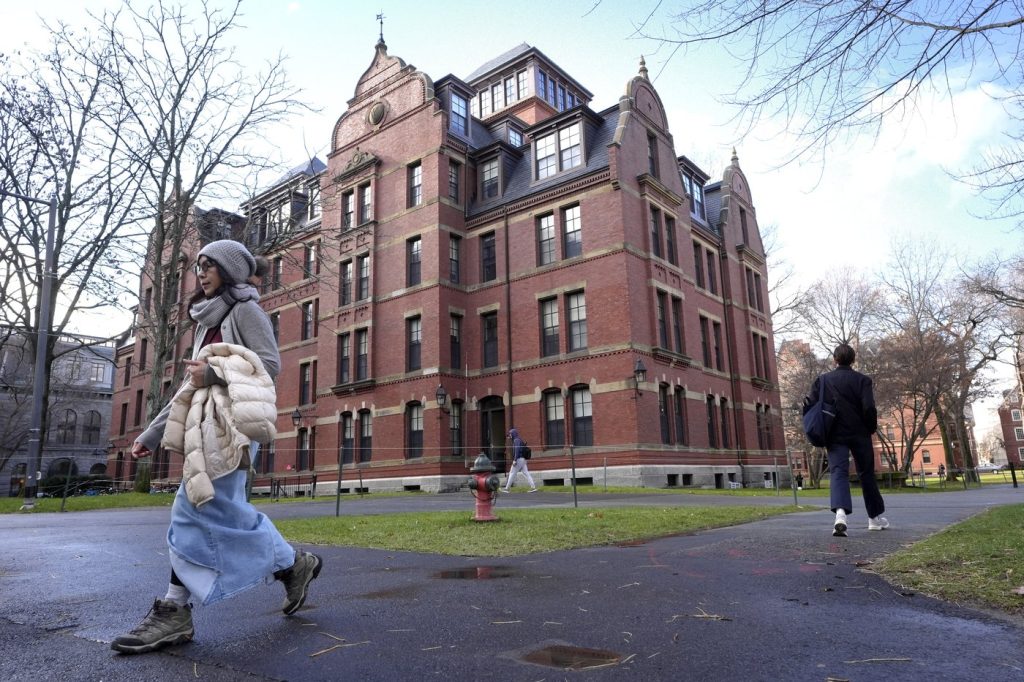Ten years ago, a dead raccoon on a downtown street in Toronto became an unexpected focal point for public sentiment and engagement. This raccoon, known as Conrad, sparked an impromptu sidewalk shrine as locals expressed their grief by laying flowers, candles, and cigarettes around the animal’s remains.
Now, the legacy of Conrad the raccoon has been formally commemorated with the installation of a heritage plaque at the intersection where he gained fame, specifically at the corner of Yonge and Church streets. This plaque was unveiled to mark the tenth anniversary of Conrad's bizarre story, which captivated both the local community and made headlines across Canada in 2015.
Conrad became an internet sensation after his remains were left on the sidewalk for nearly 14 hours, pending response from the city after a social media post reported the incident. This unfortunate event resonated deeply with many Canadians, leading to a wave of support and appreciation for the raccoon, showing how a simple moment can bring people together.
Meg Sutton, who serves as the plaques coordinator with Heritage Toronto, emphasized that the tenth anniversary is an ideal moment to revisit Conrad’s story. She noted that his unexpected fame united individuals across the nation, creating a shared narrative that many found relatable. The heritage plaque itself features images from the social media posts that popularized the #DeadRaccoonTO hashtag, along with imprints of raccoon paws and a QR code. This code directs visitors to a website where they can share their own raccoon-related stories, fostering community connection.
Significantly, this plaque marks the first-ever animal-themed tribute in Toronto and sheds light on the natural history of raccoons within urban settings. Historically, during the early 1900s, industrialization and deforestation posed serious threats to the raccoon population, leading to widespread concern that the species might face extinction. However, as noted by Sutton, raccoons have proven to be incredibly adaptable and resilient. They have thrived in urban environments, finding refuge in attics and sheds while also adapting to new food sources, primarily human-discarded items. "They've just become these cheeky personalities that run amok," Sutton remarked in a recent interview.
The local engagement has been promising, with over 400 individuals scanning the QR code on Conrad's plaque and more than 1,000 visits to the associated webpage. After a month of initial placement, there are plans to install a permanent version of the plaque that will replace the QR code with life-size raccoon prints. The QR code requires regular maintenance, and the permanent installation aims to provide a more lasting tribute.
Sutton highlighted that the primary objective of the plaque is to promote community engagement, noting that "everyone has a raccoon story in Toronto." She emphasized that Conrad represents the collective memories and interactions people have had with raccoons, and his influence has led many to find warmth and camaraderie in their shared experiences with these urban creatures. "And I think we all kind of fell in love with him," Sutton concluded, encapsulating the affection and connection many feel toward Conrad and his legacy.












